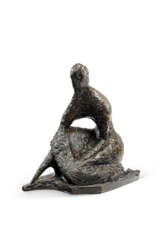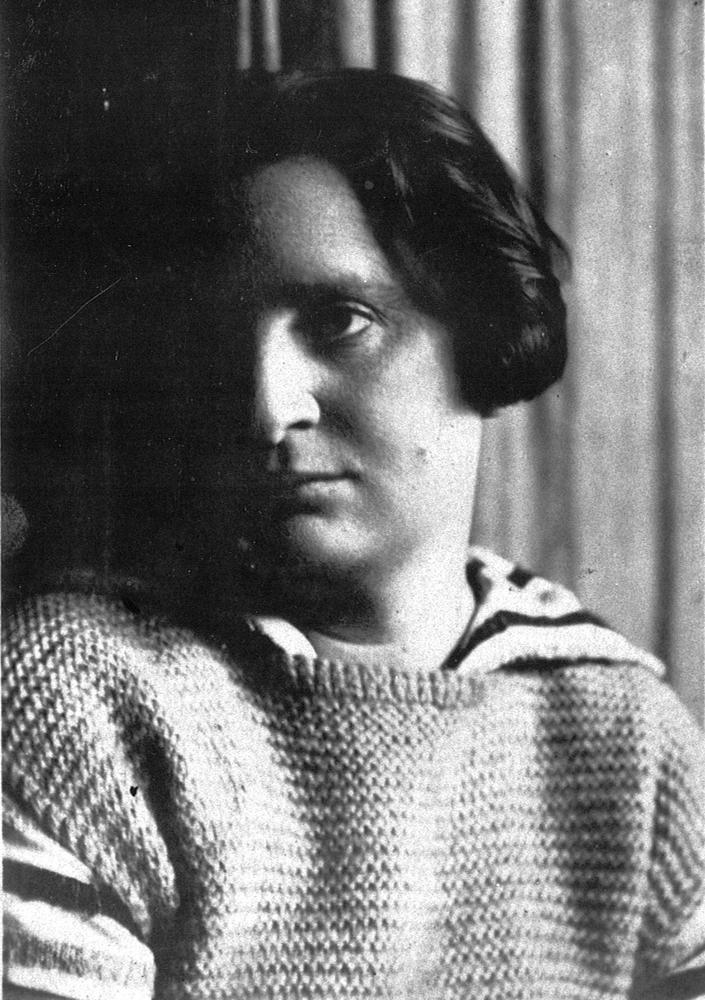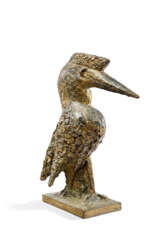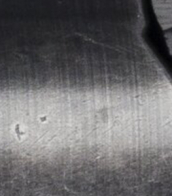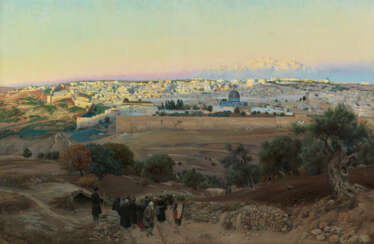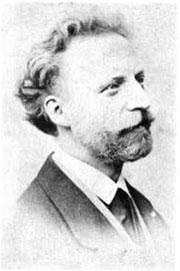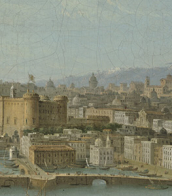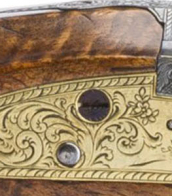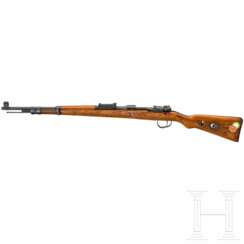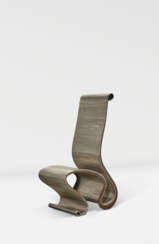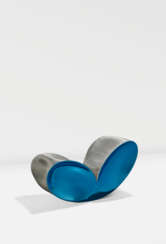Israel — Auction price
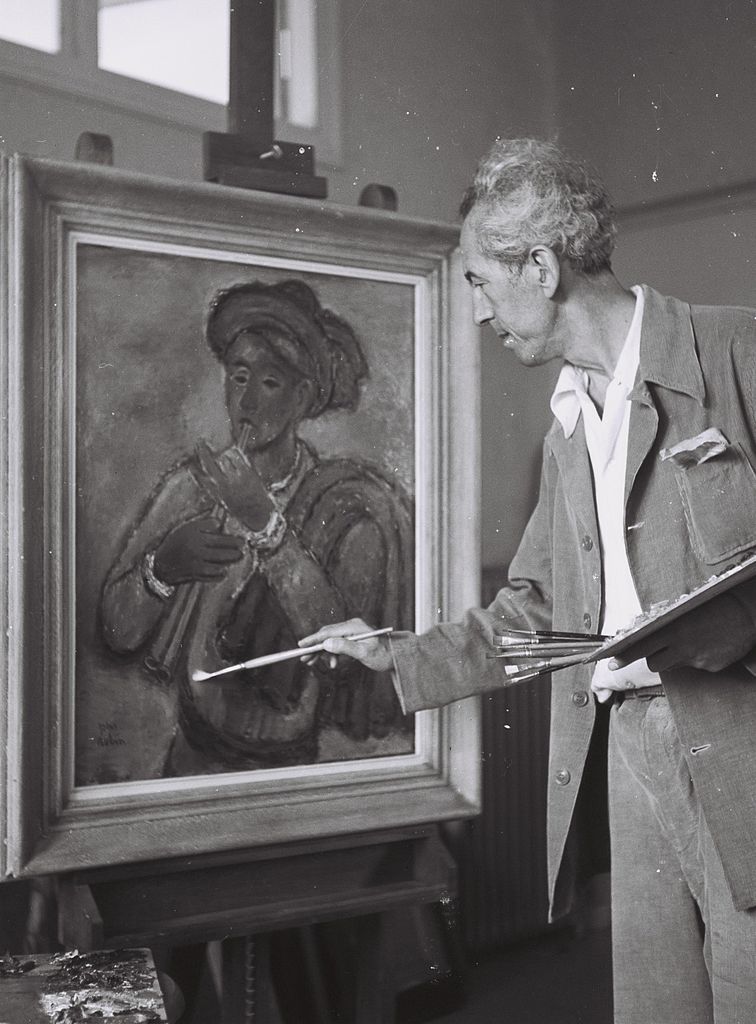
Reuven Rubin (Hebrew: ראובן רובין) was an Israeli modernist painter, one of the founders of Israeli painting.
Reuven Rubin's early works were influenced by European art movements such as Post-Impressionism and Fauvism. The artist often used bright colours and expressive brushwork. Over time, his style evolved to incorporate elements of cubism and abstraction, while maintaining a focus on depicting Jewish identity and connection to the land of Israel.
As one of the pioneering artists in Palestine, Reuven Rubin was instrumental in shaping the unique artistic identity of Israeli art. He was one of the founders of the Jerusalem House of Artists, a cultural institution that promoted art in the region. Rubin also served as director of the Tel Aviv Museum of Art.

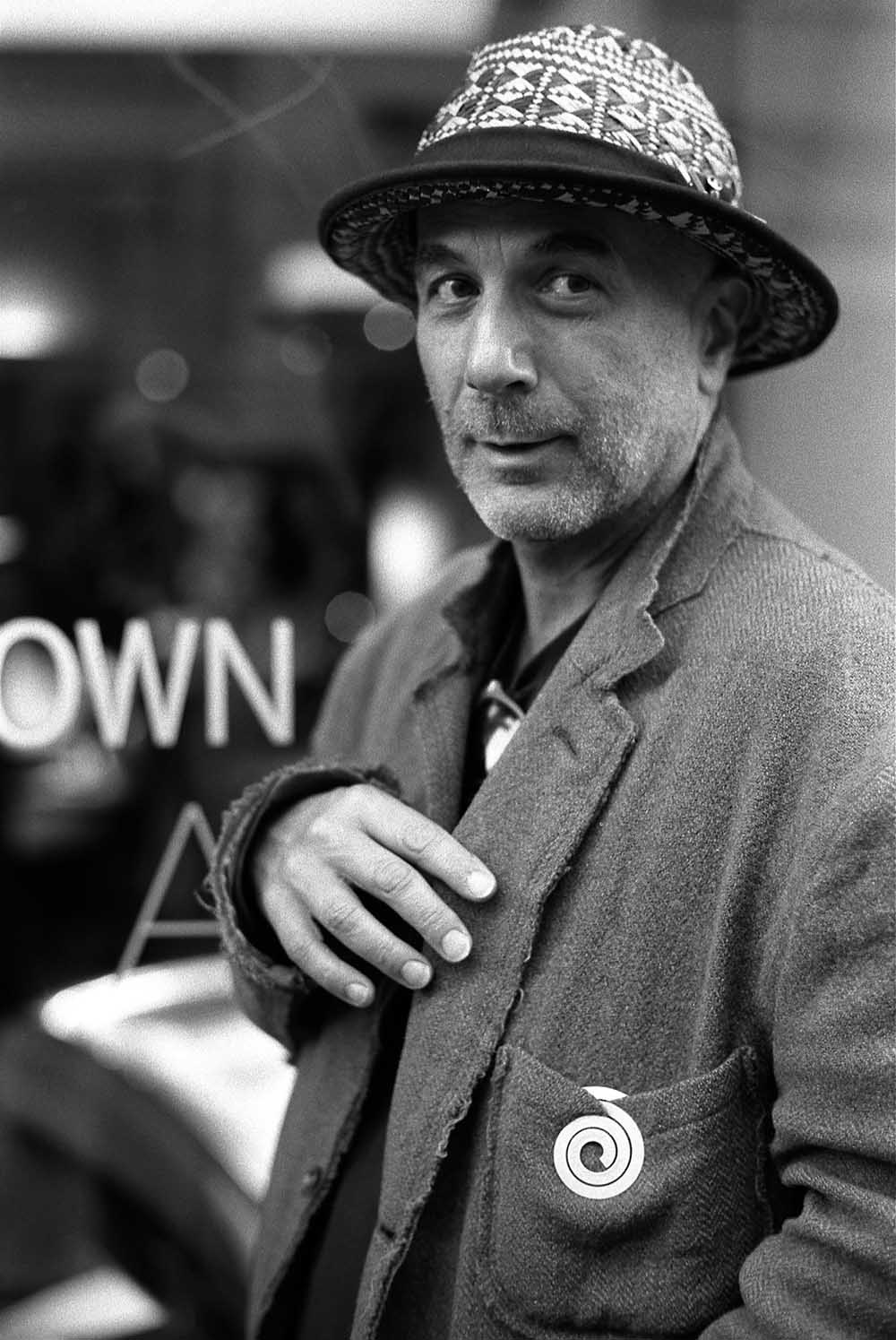
Ron Arad (Hebrew: רון ארד) is a contemporary Israeli-born artist, architect, and designer known for his innovative and boundary-pushing creations.
Throughout his career, Arad has explored various materials and techniques, embracing both handcrafted and technological processes. His designs often blur the boundaries between art and design, challenging conventional notions of form and function. Arad's furniture pieces are characterized by their sculptural qualities, organic shapes, and a sense of fluidity.


Ron Arad (Hebrew: רון ארד) is a contemporary Israeli-born artist, architect, and designer known for his innovative and boundary-pushing creations.
Throughout his career, Arad has explored various materials and techniques, embracing both handcrafted and technological processes. His designs often blur the boundaries between art and design, challenging conventional notions of form and function. Arad's furniture pieces are characterized by their sculptural qualities, organic shapes, and a sense of fluidity.




